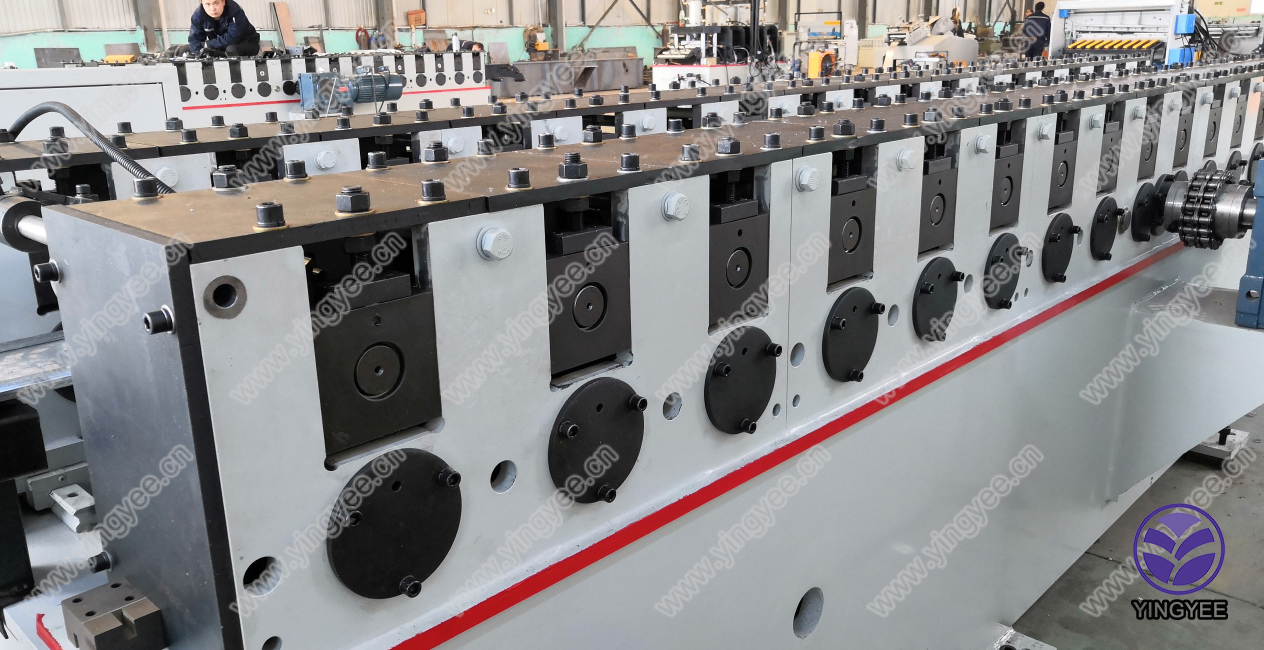
The Roof Tile Production Line An Overview of the Manufacturing Process
The construction industry has witnessed significant advancements in technology, and one of the most remarkable developments is the evolution of roof tile production lines. Roof tiles are an essential component of building design, offering both aesthetic appeal and functional protection against the elements. Efficient production lines have become critical to meet the growing demand for high-quality roof tiles while also ensuring sustainability and cost-effectiveness.
Understanding the Basics of Roof Tile Production
Roof tiles can be made from various materials, including clay, concrete, and even metal. Each type of tile has its unique advantages and applications. The production line for roof tiles varies slightly based on the material used; however, the fundamental process remains similar across the board.
The production process typically begins with the raw material procurement. Clay and concrete are the most commonly used materials. Clay is sourced from local deposits, while concrete components, such as cement and aggregates, are obtained from suppliers. The quality of these raw materials directly impacts the final product's durability and performance.
The Production Process
Once the raw materials are gathered, they undergo preparation for shaping. For clay tiles, the clay is mixed with water to achieve the right consistency, then extruded through a mold to form the desired tile shape. In contrast, concrete tiles are produced by blending cement with aggregates and water before being poured into molds.
After shaping, the tiles undergo drying. This is a crucial step, as excess moisture needs to be removed to prevent cracking during the firing or curing process. The drying phase can take several hours to days, depending on the production line’s technology and the environmental conditions.

Following drying, clay tiles are fired in a kiln at high temperatures, typically ranging from 900 to 1,100 degrees Celsius. This step is essential for hardening the tiles, giving them strength and durability. For concrete tiles, the curing process involves allowing the tiles to harden under controlled conditions, often involving steam or humidity to ensure optimal strength.
Finishing and Quality Control
Once tiles are either fired or cured, they undergo a finishing process, which may include painting, glazing, or surface treatment to enhance their visual appeal and weather resistance. The final step involves rigorous quality control inspections. Tiles must meet specific standards regarding strength, weight, and aesthetics. Quality control ensures that only the best products reach the market, minimizing returns and maximizing customer satisfaction.
Sustainability in Roof Tile Production
Today's roof tile production lines also focus on sustainability. Many manufacturers have started utilizing eco-friendly materials and energy-efficient processes. The use of recycled materials in production helps reduce waste and lessen the environmental impact. Moreover, advancements in production technology lead to lower energy consumption during manufacturing, making it a more sustainable option.
Conclusion
The roof tile production line is a remarkable blend of traditional craftsmanship and modern technology. As the demand for high-quality roofing materials continues to rise, the industry adapts by enhancing production efficiency, ensuring quality, and embracing sustainability. The future of the roof tile production line looks promising as manufacturers continue to innovate, ensuring that roofs not only provide shelter but also enhance the beauty and value of buildings worldwide.